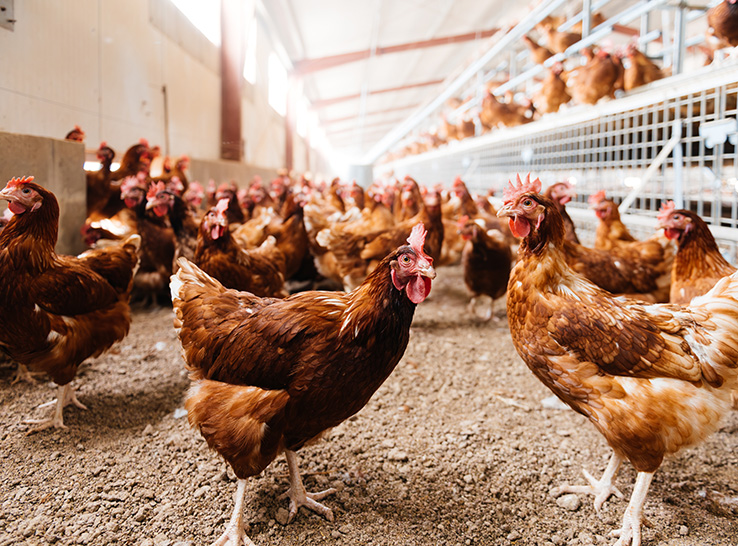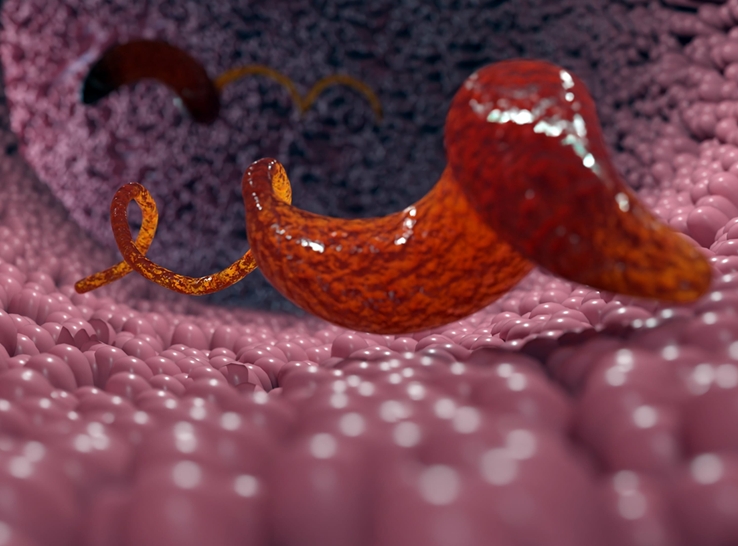Bird welfare is improved in cage-free layer systems compared to cage systems, but indoor air quality suffers in a cage-free environment due to higher bird activity.
“Greater bird activity in cage-free layer houses (CFLHs) can degrade indoor air quality, potentially affecting birds’ performance and welfare,” says Sanjay Shah, PhD, professor in the biological and agricultural engineering department at North Carolina State University (NCSU).
Shah adds that workers can also be affected by reduced indoor air quality because they spend more time picking up floor eggs inside CFLHs than in caged-layer houses.
Study objectives
Scientists at NCSU wanted to see if an electrostatic precipitator (ESP) could help clear the air.
ESPs use an electric charge to remove fine particulate matter as small as 2.5 microns from the air, reducing air pollution and improving air quality without impeding gas flow through the device.
NCSU scientists hoped to develop and evaluate a recirculating ESP for its ability to improve indoor air quality in a CFLH with litter floors. This included:
- Designing and fabricating a full-scale recirculating ESP unit;
- Evaluating the removal efficiency of the ESP in the CFLH for particulate matter, ammonia and airborne bacteria and fungi; and
- Evaluating the impact of the ESP on barn indoor air quality for particulate matter.
Their central hypothesis, Shah says, was that “a recirculating ESP could reduce dust concentrations and thermal stratification in winter when ventilation rates are low and dust concentrations are higher.”
Several variables influence ESP effectiveness
The recirculating ESP’s ability to improve indoor air quality in the CFLH and teaching barn varied according to fan operation level and particulate matter size.
In the CFLH, the device demonstrated a moderate 53% removal efficiency in trapping total suspended particulates (TSP) when the fan was off and dust concentrations were very high, Shah reports. The ESP’s removal efficiency was lower for trapping particulate matter smaller than 10 microns (PM10, 28%) and 2.5 microns (PM2.5, 22%).
With the fan operating intermittently or continuously in the CFLH, PM10 removal rates were lower than those for TSP, while PM2.5 removal rates were negligible.
In a teaching barn with all fans operating, particulate matter removal was modest for PM10 (36%) and low for PM2.5 (8%). The ESP trapped more than 50% of the total bacteria, but fungi concentrations were too low to calculate removal efficiency. The ESP did not remove ammonia, and its impact on volatile organic compounds was unclear.
Dust levels were very high in the teaching barn and CFLH. In the teaching barn with all fans operating, PM10 concentrations upstream of the ESP averaged nearly 1,200 mg/m3, while the ESP reduced downstream concentrations by 40%.
In the CFLH with the fan off, TSP levels 11.6 meters (38 feet) downstream of the ESP were >18,000 mg/m3, while TSP levels at the same distance upstream were <4,500 mg/m3. It is unlikely that the ESP had an impact.
Ventilation reduced TSP, PM10 and PM2.5 concentrations. PM10 concentrations were lower than TSP, and PM2.5 concentrations were the lowest.
The ESP did not affect microbial air quality. Higher airflow rate, ultraviolet-C wattage and air current could improve indoor air quality.
“Study results demonstrate that timer-operated minimum-ventilation fans lead to very high dust concentrations in CFLHs and should be replaced with variable-speed fans,” Shah says.
“Further dust mitigation methods should be considered. A redesign of the ESP proposed here could improve dust and airborne bacteria removal.”
The research was funded by USPOULTRY and the USPOULTRY Foundation, thanks in part to Cal-Maine Foods.
Editor’s note: Content on Modern Poultry’s Industry Insights pages is provided and/or commissioned by our sponsors, who assume full responsibility for its accuracy and compliance.









